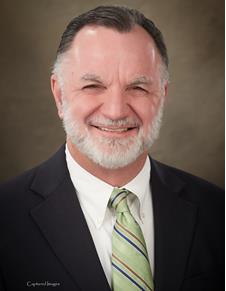
“Hiring for all positions.” “Immediate openings.” “Career opportunities, inquire within.” We have all seen the signs everywhere. Why can’t employers fill positions? Is the economy really that hot? What is going on?
While the economy is experiencing growth, it really can’t be described as “hot.” In September, the U.S. had 5 million fewer jobs than it had before the pandemic, based on Labor Department data. Yet, employers have reported high rates of unfilled openings. Hiring difficulties have also increased competition for workers and put upward pressure on wages. Across the economy, there were 10.4 million unfilled jobs at the end of August, according to the Labor Department, exceeding the roughly 8.4 million unemployed Americans looking for work.
In the near-term, the number one reason why we are shorthanded nationwide is the increasing retirement rate among Baby Boomers (born from 1946 to 1964). Until this year, the overall number of retired Boomers had been growing annually by about 2 million on average since 2011 (the year the oldest Boomer reached age 65); in this last year ending September 30, the number was 3.2 million, bringing the total number of retired Americans to 28.6 million. Apparently the pandemic accelerated the retirement decision for many Boomers at just the wrong time for our economy.
Another trend that has aggravated our labor shortage is the declining birth rate. The American birth rate has fallen from 24.268 births per 1,000 in 1950 to 12.001 in 2020; less than half. As a percentage of the whole, there are simply fewer young people coming into the labor force every year.
Additionally, the labor force participation rate has dropped significantly in recent years. The labor force participation rate is the percentage of the civilian noninstitutionalized population 16 years and older who are working or actively looking for work. This measurement has been dropping and stood at 66.1% before the Great Recession of 2007 caused the rate to fall to an all-time low of 58.2% in 2010. We have recovered to a rate of 61.7% in June of this year, but it remains 1.7 percentage points below the pre-pandemic level of 63.4%.
Why are fewer working age Americans wanting to work? No one knows for sure, but speculation points to the increases in the social safety net, the difficulty of finding day care, the increasing need for care of the elderly, and a change in the work ethic, to name a few.
The bottom line is that employers will go where there is workforce. To attract and retain employers, we will have to grow our workforce in rural America. Bourbon County REDI is focused on how we can make our communities more attractive to the workforce we need. More on that in my next column.